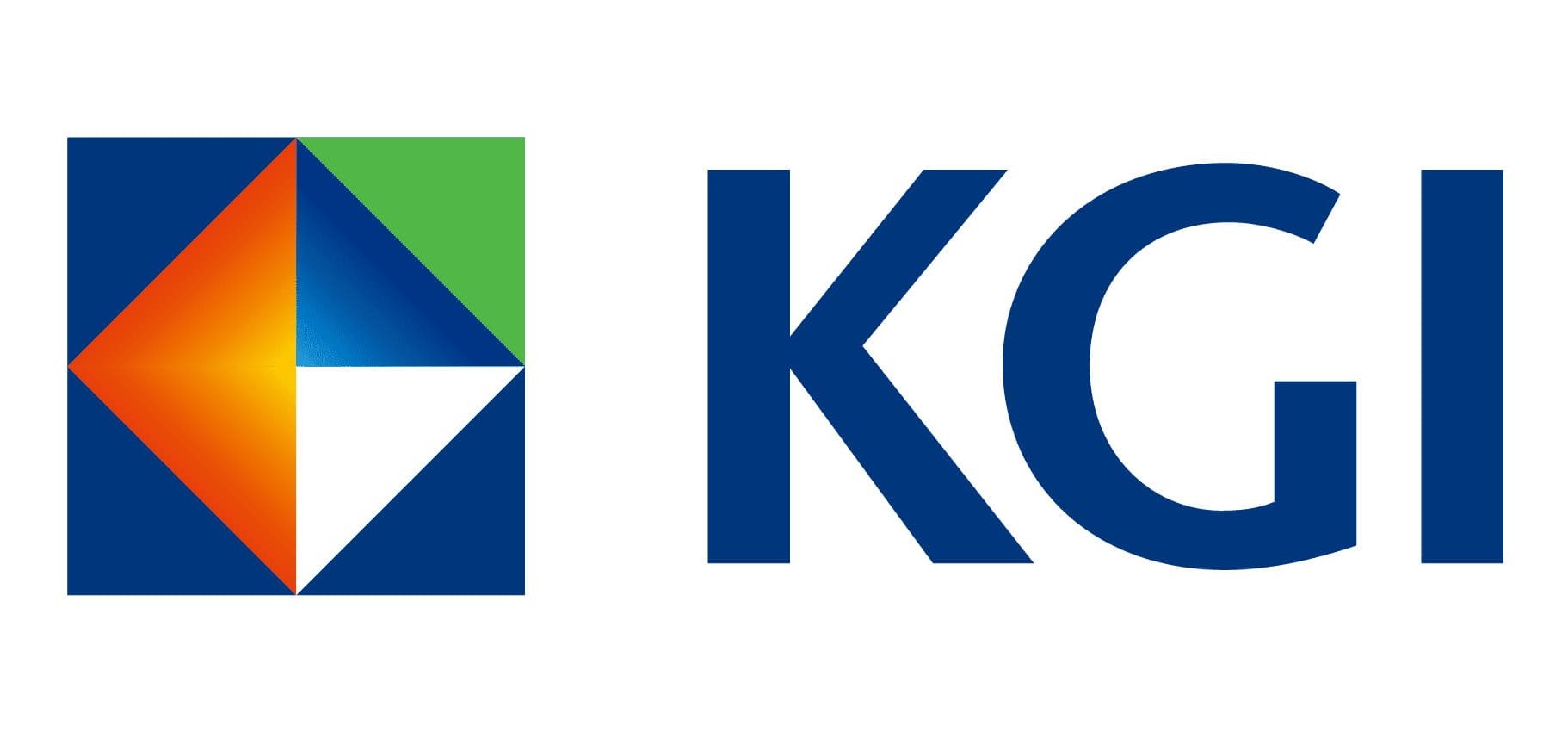Weekly Securities Newsletter: All Eyes Were on International Stock

All Eyes Were on International Stock
Chart of the Week:
Trump’s 100-Day Scorecard: Inflation Expectations Rise, Recession Risks Loom, Defensive Positioning Advised
Despite tariff policies have entered negotiation phases, U.S. consumer confidence in April fell to 86, below expectations and marking the lowest level since 2020. Meanwhile, the 12-month average inflation expectation rose to 7%, the highest since Nov. 2022. The April ISM Manufacturing PMI dropped further to 48.7, reflecting weaker activity, with tariffs prompting preemptive inventory stocking and driving up imports. With ongoing political and economic uncertainty, the risk of a U.S. recession is increasing. Additionally, the annual growth rate of personal consumption expenditures slowed from 2.7% to 2.3% in April. If inflation continues to decline and approaches the Fed’s target, markets expect a potential Fed rate cut as early as June, which could provide liquidity support to financial markets.
Market Recap 1:
U.S. Tech Earnings Beat Expectations, Lifting Equities; BOJ’s Delay on Inflation Target Supports Japanese Stocks
Earnings reports from the U.S. “M7” tech giants are being released, with the three major cloud service providers: Microsoft, Google, and Amazon, posting results that exceeded expectations. While Amazon offered conservative forward guidance, all three cloud service providers (CSPs) signaled strong capital expenditure plans, reflecting sustained confidence in AI-related demand. The integration of AI into advertising services also showed tangible results, as ad revenues from Google and Meta surpassed market forecasts. These strong tech earnings drove gains across the three major U.S. stock indices, with Information Technology and Communication Services leading the way, rising 4.5% and 2.9%, respectively.
Market Recap 2:
Rising U.S. Recession Risk Boosts Treasury Prices; Demand-Side Concerns Weigh on Oil and Industrial Metals
U.S. GDP contracted by 0.3% in Q1 2025, marking the first negative growth since Q1 2022 and falling well short of both the previous quarter’s 2.4% and market expectations of -0.2%. U.S. Treasury Secretary Yellen noted that the 2-Year Treasury yield has fallen below the federal funds rate, signaling a rate-cut-friendly environment. Recession risks have heightened market expectations for rate cuts, boosting U.S. Treasury performance. For non-investment-grade bonds, falling risk-free rates supported modest price gains, as credit spreads didn’t widen significantly. In emerging market local-currency bonds, a weakening U.S. dollar and currency appreciation from capital outflows provided tailwinds, making them the best performers.
What’s Trending:
Tesla Vehicle Sales Disappoint, but Musk’s Return and U.S. Autonomous Driving Policy Shift Seen as Potential Tailwinds
Tesla reported Q1 2025 deliveries of 336,000 vehicles, the lowest since Q3 2022 and below market expectations of 350,000 to 370,000 units. The stock had already reflected concerns about weakening vehicle sales ahead of the earnings release. During the earnings call, Musk stated he would scale back his involvement with U.S. government efficiency projects after May and refocus on Tesla operations, which was viewed as a key positive takeaway from the call.
In Focus 1:
U.S. and Non-U.S. Market Correlation Weakens; Developed Markets Outside the U.S. Expected to Deliver Superior Earnings Growth Over Next Year
Following President Trump’s announcement of sweeping reciprocal tariffs on April 2, global markets plunged in unison, briefly pushing equity correlations worldwide to peak levels. However, with a 90-day negotiation window now in place, market risk sentiment has eased, and equities have partially recovered. Goldman Sachs observes that correlations between U.S. and non-U.S. equities are now declining, a shift largely driven by rising recession risks in the U.S. and growing doubts over the “U.S. exceptionalism” narrative.
In Focus 2:
Net Long Positions in Non-U.S. Developed Market Equities Rise Sharply; Currency Flows Also Signal Capital Rotation Away from U.S.
Uncertainty surrounding Trump’s tariff policy remains elevated, leading investors to adopt a more cautious stance toward U.S. assets. The next 90 days will be closely watched for developments in reciprocal tariff negotiations, high-level U.S.-China trade talks, and discussions over potential semiconductor-related tariffs, all of which continue to influence market sentiment. Since February, leveraged funds and asset managers have made significant adjustments to their futures positions. Net long positions in S&P 500 index futures have declined notably, while long positions in MSCI EAFE (Europe, Australasia, and Far East) futures have increased. Nikkei futures also saw a modest rise. Conversely, net longs in MSCI Emerging Markets futures decreased, possibly reflecting ongoing uncertainty in U.S.-China tariff tensions. Overall, the trend points to a clear rotation from U.S. equities into developed markets outside the U.S.



